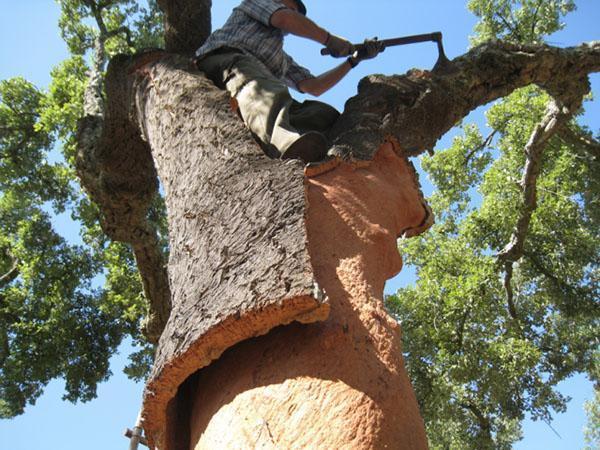
Cork floors
The eco-friendly, sustainable and recyclable floor.
Cork floors
Due to digital printing, the latest cork flooring generation comes in wood and stone colours. In addition, cork is elastic, absorbs impact sound, remains warm for the feet and soft for the joints. Dust and mites are unable to accumulate on this floor simply because of the antistatic properties of cork.
There are two types of cork flooring available, glued and floating.
Cork comes from the harvested bark of the Quercus Suber tree. It is made of the phellogen that is present on the cork-oak’s outer bark. The tree can be easily stripped without being damaged and the new phellogen can also be easily regenerated.
Cork trees are not cut – they are stripped of bark.
The tree is first harvested when it is around 25 years old, and then it is subsequently harvested every ten years or so, while it remains healthy and intact.
Throughout their lives, trees are carefully maintained in excellent condition, which is obviously crucial for the preservation and protection of the wildlife of all the nearby natural habitats.
CO2 absorption
These trees have a significant environmental impact because, in addition to the production of oxygen, debarked cork trees absorb three to five times more CO2. The reasoning is that in order for their bark to regenerate, debarked trees retain CO2.
Cork trees, in Portugal alone, help offset 10 million tons of carbon emissions every year.
Ecological & Social Impacts
Retaining cork oak woodlands is essential for preserving soil, sustaining water flow, and preventing forest fires.
Cork is a multi-generational and vital source of regional agricultural employment. About 100,000 people in the Iberian and Mediterranean cork-producing nations depend on this sector for their livelihood.
Natural cork is a sustainable material that can be easily recycled or totally biodegraded without producing significant secondary waste.
Source (translated):
